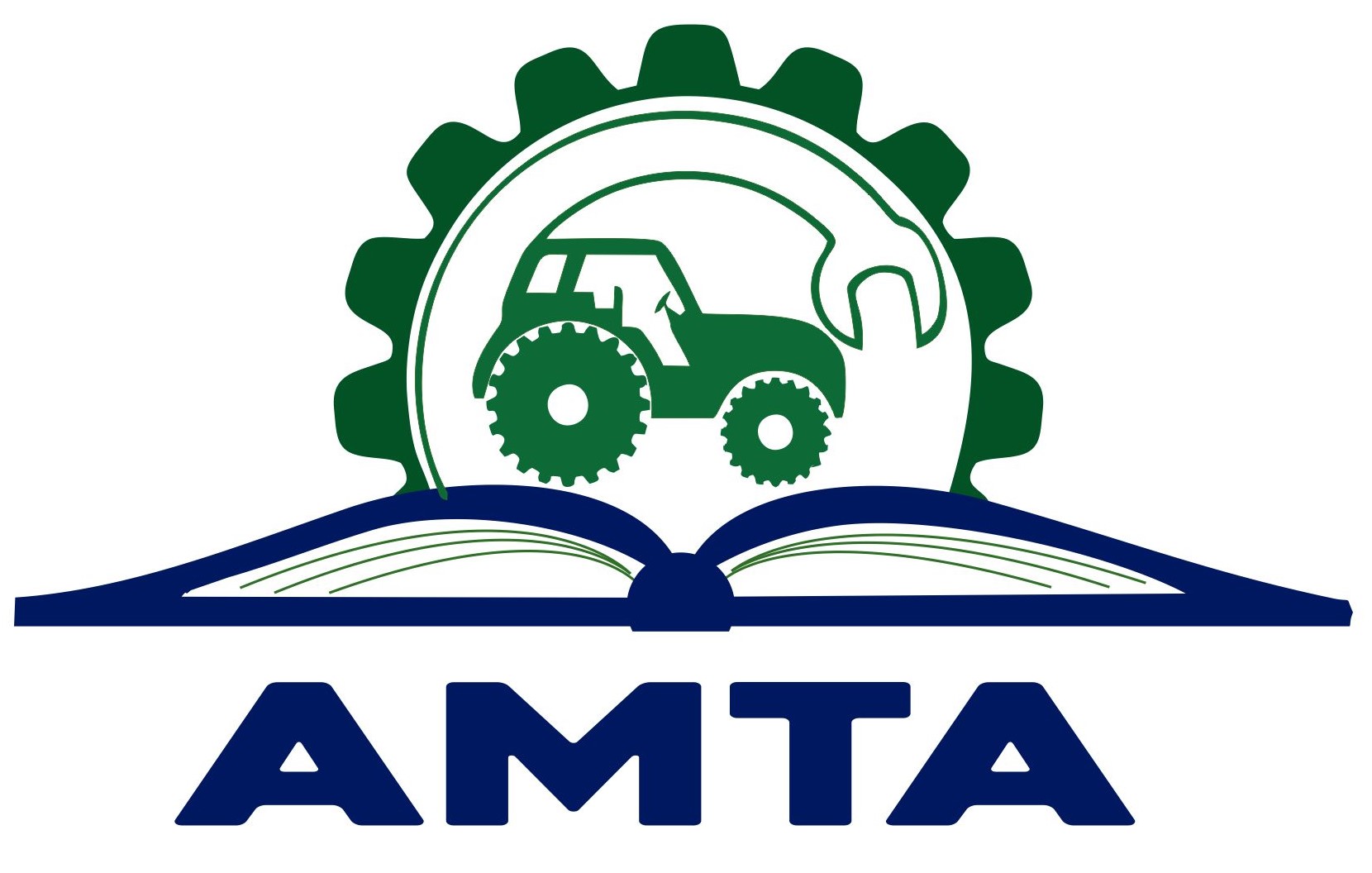Chatbot Development Using Deep NLP
Chatbot Using Deep Learning by Abhay Chopde, Mohit Agrawal :: SSRN Am into the study of computer science, and much interested in AI & Machine learning. I will appreciate your little guidance with how to know the tools and work…


